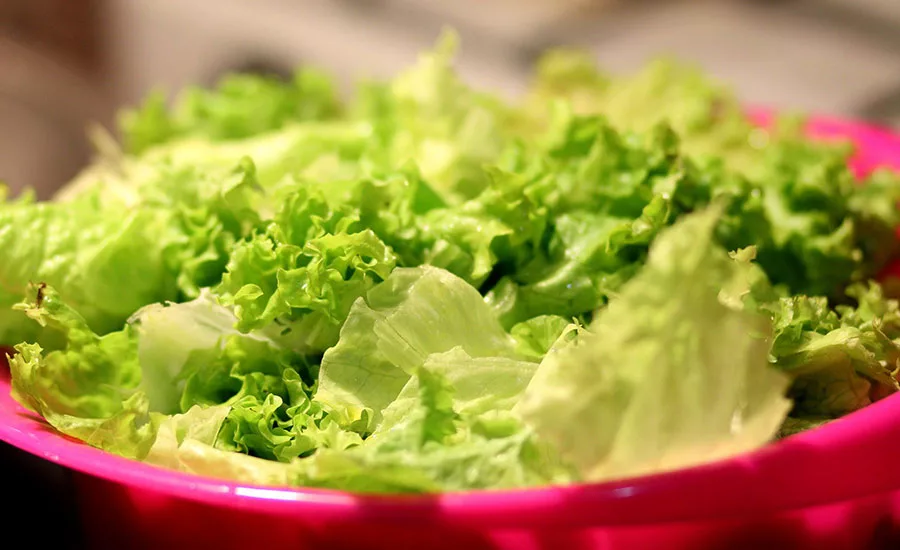FDA to Collect, Test Samples of Lettuce Grown in Salinas Valley, CA

Starting this month, the U.S. Food and Drug Administration (FDA) will be collecting and testing lettuce samples grown in Salinas Valley, California from local commercial coolers. The testing will take place through November 2021. FDA will test the samples for Shiga toxin-producing Escherichia coli (STEC), including E. coli O157:H7, and Salmonella, as part of ongoing surveillance efforts following reoccurring outbreaks linked to the region, including most recently in fall 2020.
The FDA assignment will direct sampling to be conducted at commercial cooling and cold storage facilities were field heat is removed from harvested lettuce and where product is cold-stored before processing. Sampling can include pre-cooled product (preferred sample) or post-cooled product. Sample collection at commercial coolers will help FDA efficiently obtain samples from various farms at centralized locations and facilitates prompt traceback and follow-up if contamination is detected.
FDA plans on collecting and testing about 500 post-harvest samples of iceberg, leaf, and romaine lettuce. Each sample will consist of 10 subsamples, each made up with one head of lettuce (trimmed, cored, and possibly wrapped), or in the case of romaine lettuce, loose leaves or one package of hearts. All testing will be conducted by FDA laboratories.
During the sampling, FDA will take extra precautions to help ensure the safety of agency investigators and firm employees during the COVID-19 pandemic. Investigators will announce their visits to firms before visiting, per FDA's COVID-19 safety practices. They will be outfitted with personal protective equipment and will carry out their work while adhering to local, state, and applicable U.S. Centers for Disease Control and Prevention guidance.
Ensuring the safety of leafy greens remains a high priority for FDA. This assignment adds to other work currently underway in collaboration with stakeholders in the California Central Coast growing region to identify where recurring strains of pathogenic E. coli is persisting and the likely routes of leafy green contamination with STEC.
Looking for quick answers on food safety topics?
Try Ask FSM, our new smart AI search tool.
Ask FSM →








